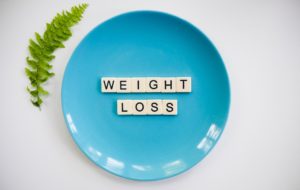So what if I’m not a gym noob, overweight, detrained, or on steroids? Is recomping practical?
Maybe? Studies that show recomping effects in advanced people are typically only found in elite athletes playing traditional sports (10). This doesn’t apply well to the average advanced lifter who’s had years of strength training experience because elite athletes typically have amazing genetics as well as being novices to strength training.
Yes, you read that right. I just called elite athletes noobs to strength training. Here’s why.
Many elite athletes, although deeply advanced in their sport don’t experience high levels of mechanical tension especially in body parts that are less vital for their sport. So while they are exceptionally trained in their sports, much of their muscle tissue when compared to advanced lifters, should be considered intermediate at best. This is what explains their ability to recomp in the studies.
Furthermore, there are also other flaws in thinking elite lifters can recomp because we see elite athletes in traditional sports recomp.
For example, elite gymnasts have been shown to recomp, but their training program involves training for nearly 5 hours a day which is massively unrealistic (11).
Football and Rugby players have also been shown to recomp slightly, but in both sports, steroid use is highly relevant along with players typically carry extra body fat, both factors making body recomposition more doable (12,13,14).
In non-traditional sports athletes, advanced lifters rarely see significant recomp changes and even then, the studies have many limitations like design flaws and unrealistic protein intake (15,16).
There also seems to be a trend that women are more likely to recomp because they typically have higher absolute body fat percentages (17).
As an advanced lifter, you have to do many things right and if you’re too lean, there’s little fat draw from to fuel the recomping process (22). All this to say, it’s not a guarantee and your only chances are with more body fat.
I like to describe recomping as a possible symptom as opposed to a goal. You don’t chase recomping. If you’re on a cut, you optimize as many variables as you can and recomping can potentially happen even in advanced lifters (22). However, during a bulk, recomping is likely not possible as a surplus of energy generally prevents net fat loss from occuring.





